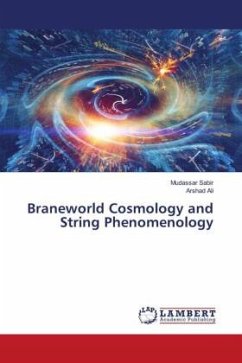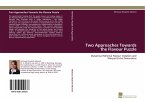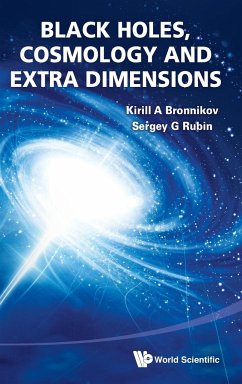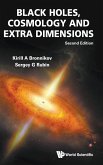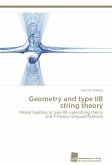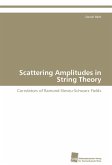A theory with such a mathematical beauty cannot be wrong: this was one of the main arguments in favour of string theory, which unifies all known physical theories of fundamental interactions in a single coherent description of the universe. But no one has ever observed strings, not even indirectly, neither the space of extra dimensions where they live. However, there is a possibility that the `hidden' dimensions of string theory are much larger than what we thought in the past and they become within experimental reach in future particle colliders, together with the strings themselves. Here, I give an elementary introduction of this framework and describe its main experimental predictions. In particular, I discuss the physics of extra dimensions and low scale gravity that are motivated from the problem of the so-called mass hierarchy, providing an alternative to low energy supersymmetry. This problem consists on the fact that the Higgs particle discovered at CERN's Large Hadron Collider in 2012, about 50 years after its theoretical proposal by Brout, Englert and Higgs, suffers by a quantum instability due to the presence of any physics at high energies, including gravity.


